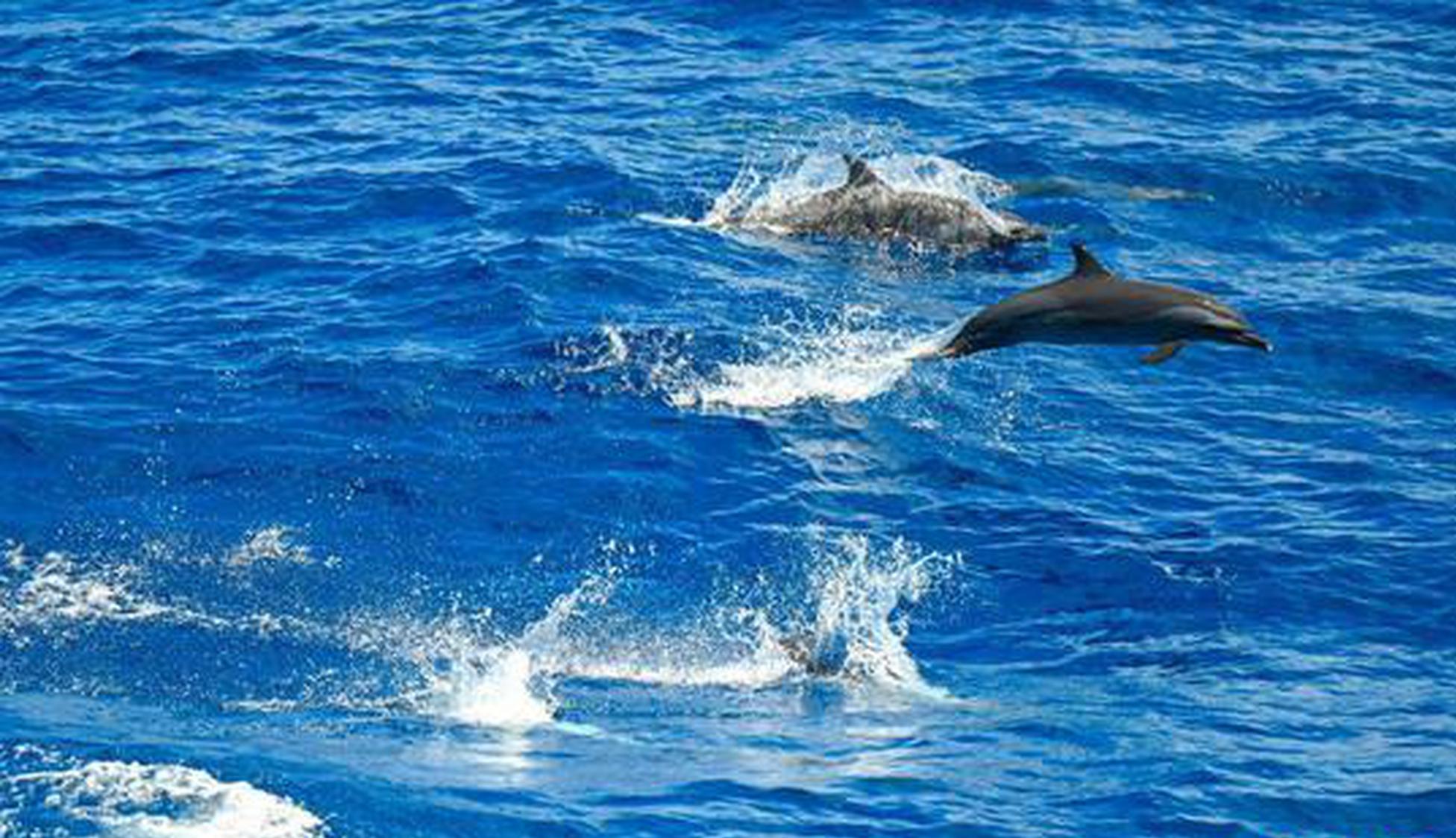U.S.' normal presence, activities in South China Sea hit peacetime peak: Chinese think tank

(ECNS) -- The U.S.' presence and activities in the South China Sea have hit a peacetime peak due to the Red Sea crisis, Ukraine conflict, and other events, according to a report released by Chinese think tank South China Sea Strategic Situation Probing Initiative (SCSPI) on Tuesday.
The report noted that since 2009, U.S. military activities against China in the South China Sea have strengthened in both frequency and intensity. Amid the Ukraine crisis and Palestine-Israel conflict, U.S. naval and air forces have been constrained by events, including the Red Sea crisis. Despite these challenges, the U.S. has maintained a high-intensity military presence in the South China Sea and surrounding areas.
Statistics published by the report revealed that in 2024, U.S. large military reconnaissance aircraft conducted about 1,000 missions in the South China Sea and its surrounding areas, and ocean surveillance and measurement vessels accumulated 706 ship days of activity, marking a significant increase compared to 2023.
There was at least one vessel operating in the region for 343 days throughout the year, showing almost no interlude, it noted.
However, the report also mentioned that while the frequency of U.S. military activities in the South China Sea - including bomber operations and ocean surveillance vessels - has significantly increased, along with expanded exercises and joint operations with allies like the Philippines, the number and operational intensity of U.S. carrier strike groups and other major platforms in the region have shown a noticeable decline.
According to the report, compared to six times in 2023, the frequency of the CSGs' activities in the South China Sea rose to eight in 2024. However, five of them lasted three to five days, indicating that the South China Sea was treated more as a transit route for U.S. Carrier strike groups (CSGs) between the Pacific and Indian Oceans than an actual deployment area.
It also stressed that in 2024, the U.S. military deployed two Amphibious Ready Groups (ARGs) in the Western Pacific, USS Boxer (LHD-4) and USS America (LHA-6), but neither entered the South China Sea.
The vacuum of U.S. Navy ARG activities in the South China Sea in 2024 indicates the difficulty of maintaining a normal presence in the region.
"We believe that while the U.S. military has made every effort to strengthen its presence and activities in the South China Sea, it has hit its peacetime peak due to an 'increment bottleneck' in platform quantity and distractions including the Red Sea crisis," it said, adding that moving forward, the focus would likely shift to optimizing existing resources and improving operational efficiency.
The report believed that objectively, the trend of limited growth in U.S. operations in the region is unlikely to change. Even if the Red Sea crisis is resolved or the Ukraine conflict ends, the additional forces the U.S. could redeploy to the Indo-Pacific would be minimal. Though increments are possible, they would be very limited.
"As a result, expanding the deployment of unmanned platforms or autonomous weapons may become the primary approach for the U.S. military to address its "quantity anxiety" in the South China Sea and surrounding areas," it said.

